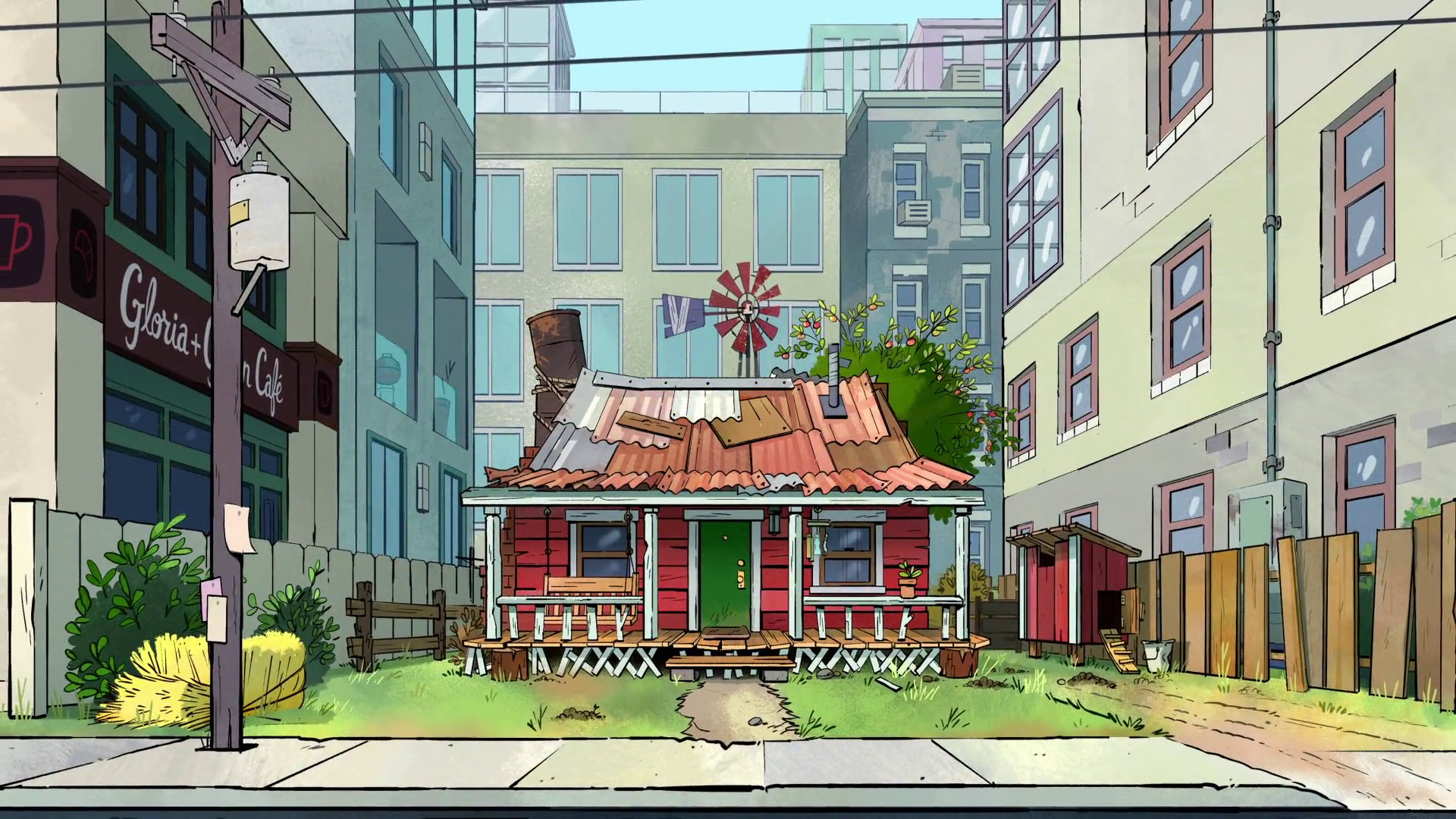When you hear “little house,” you might picture a rustic cabin in the woods or a tiny home on a quiet plot of land. But in an era of soaring housing costs and environmental awareness, the concept of a small, intentional living space is taking root in the heart of our bustling urban centers. Finding or creating a little house in a big city is about more than just downsizing; it’s about a fundamental shift in how we approach our homes, our finances, and our connection to the world around us. It’s a movement that proves you don’t need a sprawling estate to live a life of peace and purpose.

The challenge, of course, is transforming a compact city dwelling—be it a studio apartment, a condo, or a townhouse—into a sanctuary that feels spacious and serene. It’s a design puzzle that requires creativity, discipline, and a willingness to prioritize experiences over possessions.
The Big Benefits of Little City Living
Living in a small space doesn’t mean sacrificing comfort or style. In fact, it often enhances both. Embracing a “little house” lifestyle in a big city comes with a surprising number of advantages.
1. Financial Freedom
One of the most significant appeals is the financial liberation it offers. Smaller apartments or condos typically come with lower rent or mortgage payments, reduced utility bills, and fewer maintenance costs. This allows you to reallocate your money towards what truly matters: travel, dining out, hobbies, or simply building your savings. Your home becomes a launchpad for your life, not a financial burden.
2. A Gateway to the City
A smaller home footprint often means you can afford to live in a prime, central location that would be out of reach with a larger residence. You’re closer to work, restaurants, cultural events, and public transportation. Your neighborhood becomes an extension of your living space, with parks, cafes, and libraries serving as your “extra rooms.” The city is your backyard, and you’re free to explore it.
3. Sustainability and Simplicity
A smaller space is an inherently more sustainable choice. You use less energy for heating and cooling, and you’re naturally inclined to consume less. This minimalist approach extends beyond just your belongings; it encourages a more mindful way of life, free from the stress of managing a large home and all its associated complexities. A little house forces you to curate your life, keeping only what brings you joy and purpose.
Designing Your Urban Oasis
Turning a small city space into a functional and beautiful home is an art. It’s all about creating the illusion of space and maximizing every single square foot.
1. Prioritize Multi-Functional Furniture
In a little city home, every piece of furniture must earn its place. Look for items that serve multiple purposes, such as a coffee table with hidden storage, an ottoman that can be a seat or a footrest, or a dining table that folds down from the wall. Your sofa can double as a guest bed, and your kitchen island can serve as a dining table and a workspace.
2. Embrace Verticality
When you can’t build out, build up. Use tall, vertical shelving units that draw the eye upward and make the ceilings feel higher. Consider wall-mounted desks or beds that fold away to free up floor space. High-mounted cabinets in the kitchen can provide extra storage without feeling claustrophobic.
3. Master the Art of Lighting and Color
A light and airy atmosphere is key to making a small space feel big. Use a neutral and bright color palette on your walls, floors, and ceilings to reflect light and create a sense of openness. Large windows are a must-have, and if you can, incorporate mirrors strategically to multiply light and create the illusion of depth. Good lighting, from recessed lights to floor lamps, is essential for a cozy and functional space, especially in the evening.
4. Create Hidden Storage Solutions
Clutter can quickly overwhelm a small space. Designate a place for everything, and make that place as discreet as possible. Think about under-bed storage, built-in shelves that blend into the wall, and clever organizers for closets and drawers. The less you see, the more spacious your home will feel.
Conclusion
Living in a little house in a big city is not about compromise; it’s about a mindful and strategic approach to living well. It’s the ultimate urban hack, allowing you to enjoy all the vibrancy and opportunity of city life without the financial and mental burden of a large home. By focusing on intentional design, embracing minimalism, and redefining what it means to be “home,” you can create a cozy, comfortable, and deeply personal sanctuary that proves you can indeed have it all, just on a smaller scale.